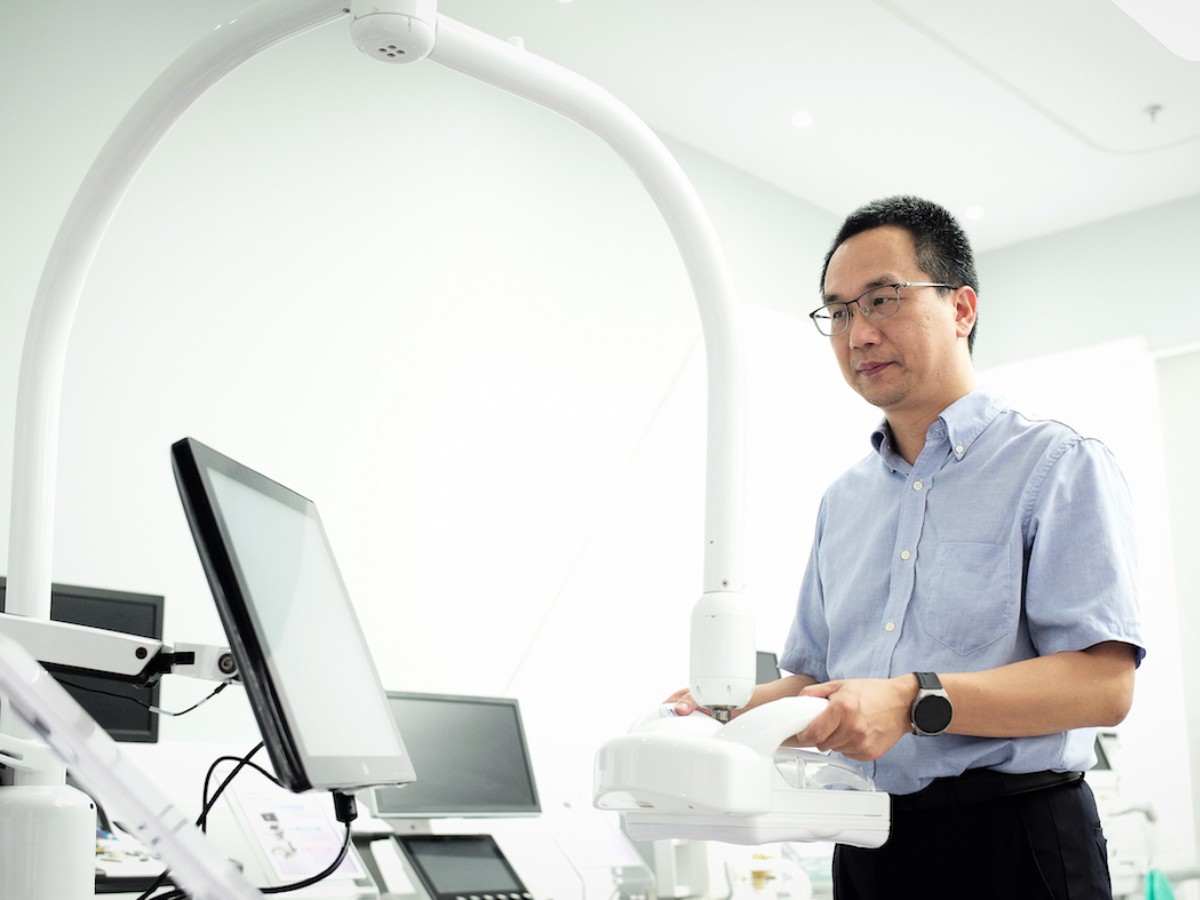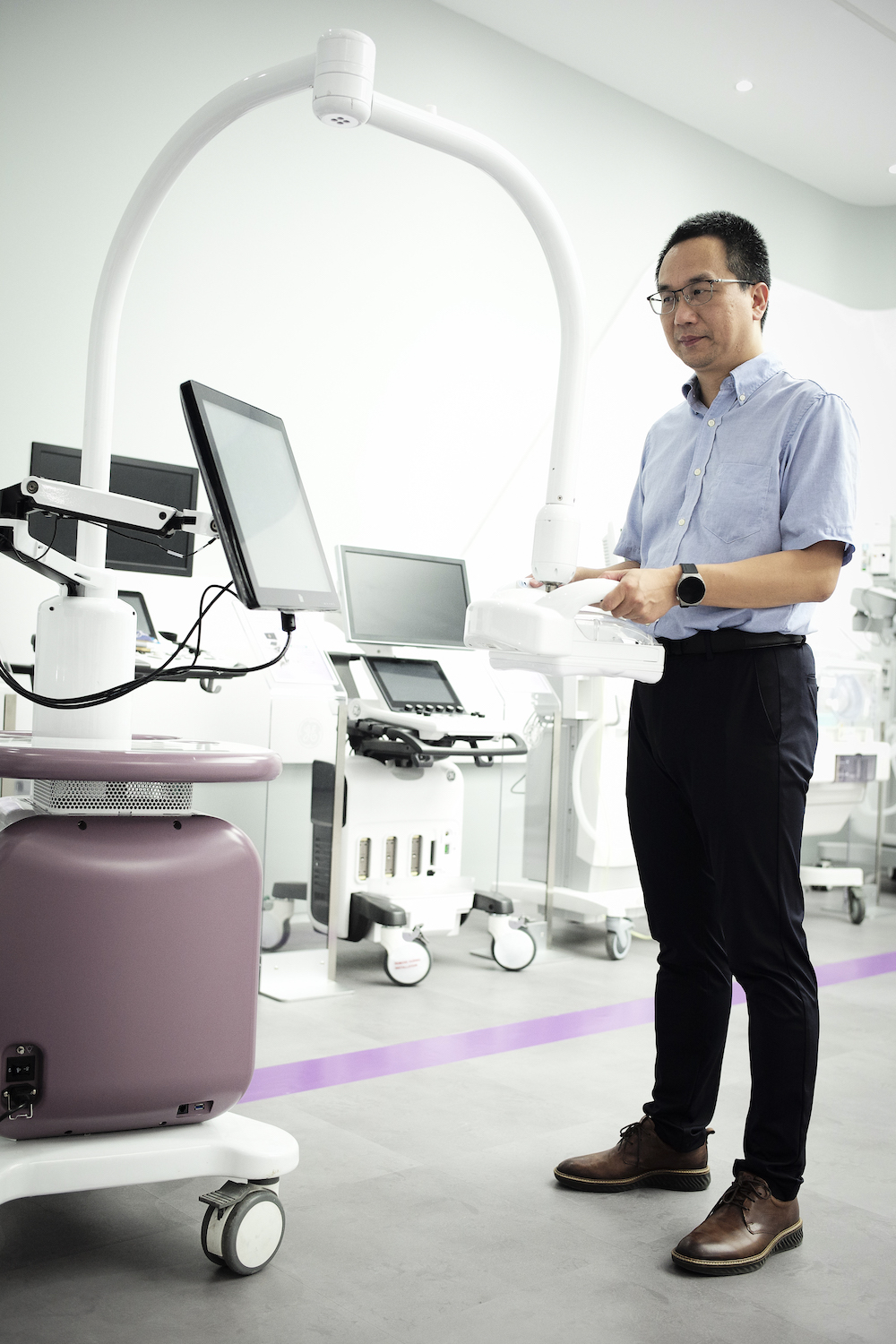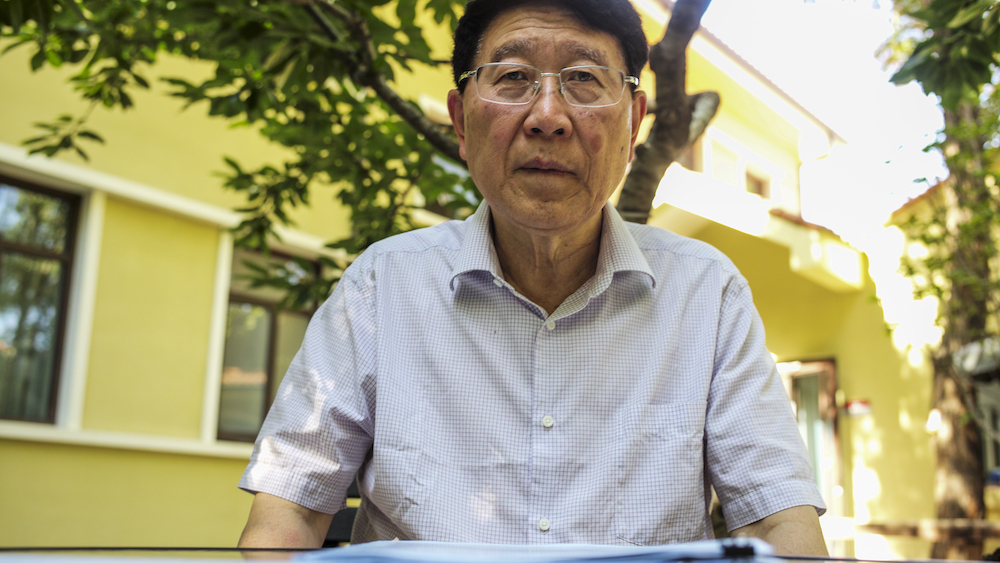Breast cancer often can go undetected in women with dense breast tissue, which can hide or disguise tumors on mammograms. That’s a real concern, since nearly half of women worldwide have dense breasts — and more than 70% of all breast cancers occur in patients with dense tissue. Now, a new study could offer hope for detecting breast cancer in dense breasts more accurately and earlier, when it is easier to treat and leads to more positive health outcomes.
It turns out that simply supplementing a woman’s annual mammogram with an automated breast ultrasound (ABUS) could significantly improve cancer detection rates in women with dense breast tissue. It could also decrease false positives.
Women’s breasts are composed of three types of tissue: fibrous, glandular, and fatty. Density is determined by how much of each is present, as seen on a mammogram. “Dense” breasts have larger amounts of fibrous and glandular tissue. The problem is that fibrous and glandular tissues appear white on a mammogram, just like possible tumors, making it difficult to distinguish between them. That means tumors — especially small ones — may be missed, or dense tissue can be mistaken for a malignancy, leading to unnecessary biopsies. Almost three-quarters of Asian women and about 40% of American women have dense breasts, although breast density can change. Women are more likely to have dense breasts if they are younger, pregnant, or breastfeeding, are taking hormone replacement therapy, or have a lower body weight.
A technician uses GE HealthCare’s Invenia ABUS 2.0, the first FDA–approved ultrasound supplemental screening technology specifically designed for detecting cancer in dense breast tissue.
While it is known that the denser the breast, the higher the risk of breast cancer, scientists are unsure of the reason. Breast cancer is the most commonly diagnosed cancer, accounting for 1 in 8 cancer diagnoses worldwide, and it is expected to continue growing. The International Agency for Research on Cancer (IARC) estimated that by 2040 the disease will increase by 40%, to more than 3 million new cases per year, while breast cancer deaths will increase by 50%. To counteract those skyrocketing rates, researchers have been looking for ways to better identify cancer in dense tissue. They’ve found one, according to the study’s lead researcher, Dr. You-Lin Qiao.
Dr. Qiao and his team discovered that using ABUS on women who were found to have dense breasts following a mammogram resulted in significantly better accuracy in detecting cancer. The study, published in Academic Radiology in September, was conducted between February 2018 and August 2022 in China, which annually accounts for almost 20% of new breast cancer cases globally. The ABUS used during the study was GE HealthCare’s Invenia ABUS 2.0, the first Food and Drug Administration–approved ultrasound supplemental screening technology specifically designed for detecting cancer in dense breast tissue.
The one-two punch of mammogram followed by Invenia ABUS 2.0 in the study was shown to detect almost 36% more cancers in women who have dense breast tissue — including some who had negative mammograms. And, because Invenia ABUS 2.0 has a higher success rate in correctly identifying cancer than traditional handheld ultrasound (HHUS), women in the study who were examined with ABUS underwent fewer biopsies.
Dr. You-Lin Qiao, professor and director of the Department of Cancer Epidemiology at China's National Cancer Centre.
Dr. Qiao said Invenia ABUS 2.0 performed better than HHUS because its automation eliminates any potential human error and it provides higher-quality-image features to distinguish malignant tumors. He said Invenia ABUS’s mobile features also make it more flexible and particularly useful for remote areas or places with low healthcare resources.
Invenia ABUS 2.0 works by using the latest 3D ultrasound innovations, along with AI-based solutions, to create hundreds of breast tissue image “slices.” This allows radiologists to thoroughly review all layers of dense tissue to identify breast cancers, particularly the small, node-negative, invasive cancers that can be missed by mammography. Its advanced imaging software and unique coronal plane can clearly depict the extent of any lesions or invasive growth, which can help with surgical approaches. Other features provide a standardized comparison with previous findings to monitor a patient’s progression. Invenia ABUS 2.0 also is quick and comfortable for patients. The typical exam, during which the patient lies down, lasts just 15 minutes.
Another of Dr. Qiao’s important findings was that the combination of mammography and Invenia ABUS 2.0 was equally effective in diagnosing breast cancer in younger women. That’s important in countries like China and beyond, because Asian women not only tend to have higher breast density but are also generally younger at the onset of breast cancer than women of other races.
China’s Anti-Cancer Association already recommends supplemental ultrasound screening after mammography in women with dense breasts. Thanks to Dr. Qiao’s study, the rest of the world may soon follow suit.
You can learn more about how GE HealthCare contributes to elevating breast care for women with dense breast tissue here.



